The Shetland Sheepdog, also known as the Sheltie, is an extremely intelligent, quick, and obedient herder from Scotland’s remote and rugged Shetland Islands. Shelties bear a strong family resemblance to their bigger cousin, the Collie.
About the Shetland Sheepdog
The Shetland Sheepdog is a small, active, and agile herding dog standing between 13 and 16 inches at the shoulder. The long coat is harsh and straight, with a dense undercoat, and comes in black, blue merle, and sable, with white markings. The coat, along with a long, wedge-shaped head; small, three-quarter erect ears; and deep-chested, level-backed torso, give Shelties the look of a rough-coated Collie in miniature.
Bright and eager Shelties are easy trainers and world-class competitors in obedience, agility, and herding trials. They are sensitive and affectionate family dogs, highly in tune with the mood of the household. They like to bark and tend to be reserved toward strangers—two qualifications of an excellent watchdog.
The Breed Standard
GENERAL APPEARANCE
The Shetland Sheepdog is a small, alert, rough-coated, longhaired working dog. He must be sound, agile and sturdy. The outline should be so symmetrical that no part appears out of proportion to the whole. Dogs should appear masculine; bitches feminine.
HEAD
The head should be refined and its shape, when viewed from top or side, should be a long, blunt wedge tapering slightly from ears to nose. Expression – Contours, and chiseling of the head, the shape, set and use of ears, the placement, shape, and color of the eyes combine to produce expression. Normally the expression should be alert, gentle, intelligent and questioning. Toward strangers, the eyes should show watchfulness and reserve, but no fear.
BODY
The neck should be muscular, arched, and of sufficient length to carry the head proudly. Faults – Too short and thick. The back should be level and strongly muscled. The chest should be deep, the brisket reaching to point of the elbow. The ribs should be well sprung but flattened at their lower half to allow free play of the foreleg and shoulder. Abdomen moderately tucked up. Faults – Back too long, too short, swayed or roached. Barrel ribs. Slab-side. Chest narrow and/or too shallow. There should be a slight arch at the loins, and the croup should slope gradually to the rear. The hip bone (pelvis) should be set at a 30-degree angle to the spine.
FOREQUARTERS
From the withers, the shoulder blades should slope at a 45-degree angle forward and downward to the shoulder joints. At the withers, they are separated only by the vertebra, but they must slope outward sufficiently to accommodate the desired spring of rib. The upper arm should join the shoulder blade at as nearly as possible a right angle. Elbow joint should be equidistant from the ground and from the withers. Forelegs straight viewed from all angles, muscular and clean, and of strong bone. Pasterns very strong, sinewy and flexible. Dewclaws may be removed.
COAT
The coat should be double, the outer coat consisting of long, straight, harsh hair; the undercoat short, furry, and so dense as to give the entire coat its “standoff” quality. The hair on face, tips of ears and feet should be smooth. Mane and frill should be abundant, and particularly impressive in males. The forelegs well feathered, the hind legs heavily so, but smooth below the hock joint. The hair on tail profuse.
HINDQUARTERS
The thigh should be broad and muscular. The thighbone should be set into the pelvis at a right angle corresponding to the angle of the shoulder blade and upper arm. Stifle bones join the thighbone and should be distinctly angled at the stifle joint. The overall length of the stifle should at least equal the length of the thighbone and preferably should slightly exceed it. Hock joint should be clean-cut, angular, sinewy, with good bone and strong lig mentation. The hock (metatarsus) should be short and straight viewed from all angles.
Care
Nutrition
Grooming
The Sheltie has a profuse double coat that sheds considerably. The outer coat consists of long, straight, harsh hair, while the undercoat is short, furry, and very dense. Owners must be prepared to brush the coat weekly, and more often during shedding season, to help in removing at least some of the loose hair before it drifts all over the house. Be sure to check for mats behind the ears, under the elbow on each front leg, and in the “pants” under the tail. Shaving the dog is not recommended, because the coat protects against sunburn and heat as well as cold. The Sheltie needs a bath only occasionally. The nails should be trimmed regularly.
Exercise
Shelties are active and athletic, and while they need a moderate amount of exercise they are also very adaptable to their family’s way of life. They do well as city dogs as long as owners provide sufficient exercise. They enjoy outings with their people that will exercise both their mind and body. Shelties enjoy and excel in many canine events, including obedience, agility, herding, and tracking, and they shine as therapy dogs.
Training
As with all breeds, early socialization and puppy training classes are recommended. Very intelligent, trainable, and willing to please, the Sheltie will reach his full potential as a companion when taught at least basic obedience—and they are superstars at canine sports such as agility. Shelties can be quite vocal and express their happiness with barking, so owners must be prepared to teach the dog to stop barking when desired. As is common with other herding breeds, Shelties like to chase moving things, including cars, so they should have a well-fenced yard and be walked on a leash.
Health
Shetland Sheepdogs are generally healthy dogs, and responsible breeders screen their stock for health conditions such as hip dysplasia, thyroid disease, eye diseases, dermatomyositis (Sheltie skin syndrome), von Willebrand’s disease (vWD), gallbladder mucoceles, and epilepsy. Tests are available for many potentially heritable disorders, and minimum health testing of breeding stock is recommended by the breed’s national parent club, the American Shetland Sheepdog Association (ASSA).
Recommended Health Tests from the National Breed Club:
- Hip Evaluation
- Ophthalmologist Evaluation
History
Shetland Sheepdogs were originally bred on the rocky Shetland Islands, the United Kingdom’s northernmost point. They were employed by farmers to herd sheep, ponies, and poultry. (“Toonie dog” was an old slang name for Shelties, “toon” being a Shetland word for farm.)
There’s a reason why the Sheltie was bred smaller than his close cousin, the rough-coat Collie. Thanks to their compact size, the Sheltie eats less than the Collie and other large herding dogs. This is an important consideration in the harsh, cold climate of the breed’s homeland, where food can be scarce. This also explains the diminutive size of Shetland ponies.
Exactly when Collies were imported to the island from the Scottish mainland and bred down to Sheltie size is a detail lost to history, as the islands’ breeders left behind no written records. And, because the islands were so inaccessible, Shelties lived in virtual isolation from other breeds and were nearly unknown in the rest of Britain until the early 20th century.
The Sheltie was first recognized by the Kennel Club (England), as the Shetland Collie, in 1909. Under pressure from Collie fanciers, the breed name was changed soon after to Shetland Sheepdog. The AKC registered its first dog of this remarkably bright and obedient breed in 1911.
Did You Know?
-
The American Shetland Sheepdog Association, parent club of the breed, was organized at the Westminster Kennel Club in 1929,
and held its first specialty show in 1933.
- The Sheltie was officially recognized by the English Kennel Club in 1909 but did not receive separate classification as the Sheltie (apart from Collie) until 1914.
- The Sheltie is one of the most successful obedience breeds.
-
The first Sheltie registered by the AKC (1911) was "Lord Scott", who was imported from Shetland by John G. Sherman, Jr. of New York.
Recent Pet Posts
Blog Categories
Product categories
- Accessories (7)
- Chicken & Veggie Wraps (8)
- Grillers Jerky Tenders (4)
- Jerky Treats (10)
- Made in the USA (9)
- Non-Rawhide Treats (28)
- Beggar Bone (11)
- Bully Sticks (4)
- Butcher Bone (4)
- Cod Skin Fish Treats (3)
- Pork Skin Twists (2)
- Pressed Rawhide Bones & Rolls (16)
- Bones & Rolls (6)
- Pressed Rawhide Bulk (6)
- Twist Sticks (4)
- Savory Munchies (13)
- Supreme Bones & Rolls (48)
- American Rawhide Bulk (16)
- Rawhide Bones (14)
- Rawhide Chips (6)
- Rawhide Rolls & Sticks (12)
- Uncategorized (8)

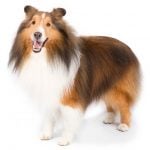
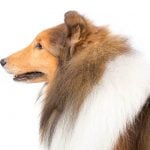
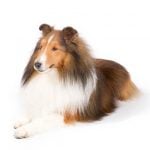
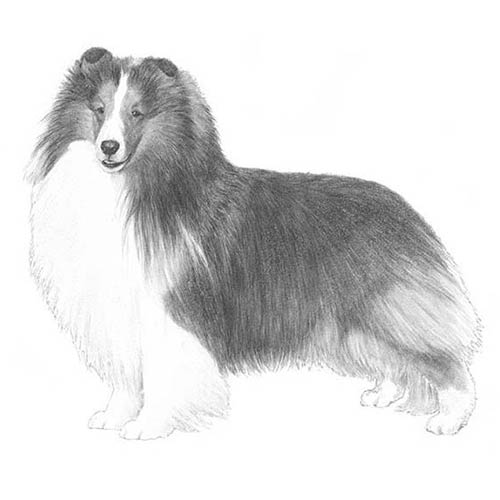

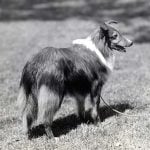
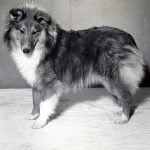
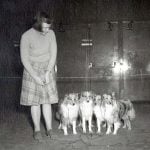
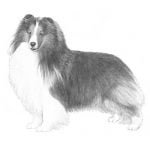
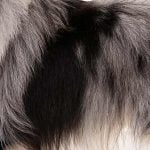
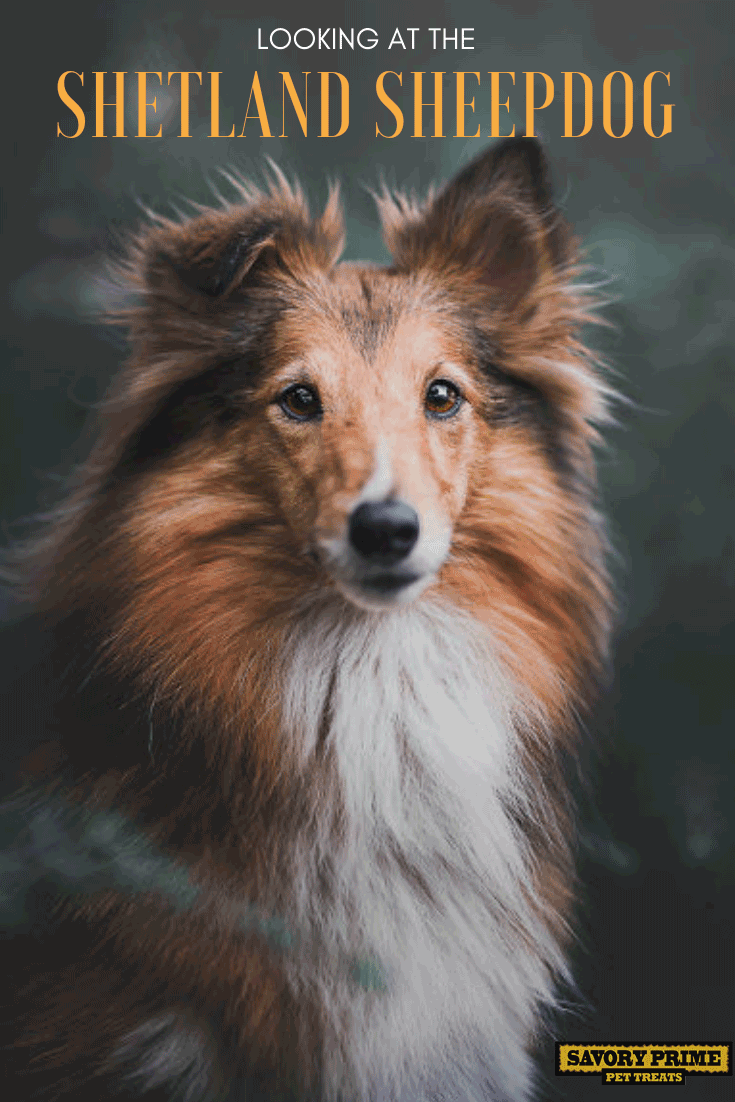
1 Comment. Leave new
My Sheltie is 18 months old. We have had her almost a year. She gets along with the other dogs and myself, but she growls, barks and chases my husband, who has always been good to her. He walks her everyday and she loves it, he also feeds her, but after all that she growls, barks and chases him. What is going on? We have tried leashing her to my husband so she knows him, but no change. Help!